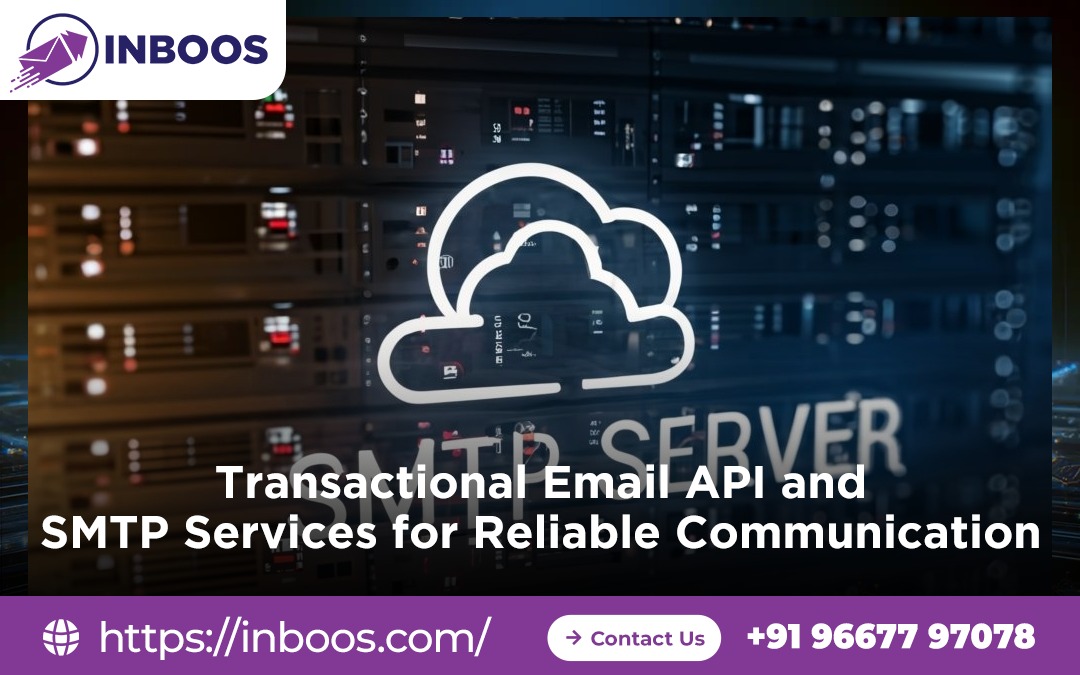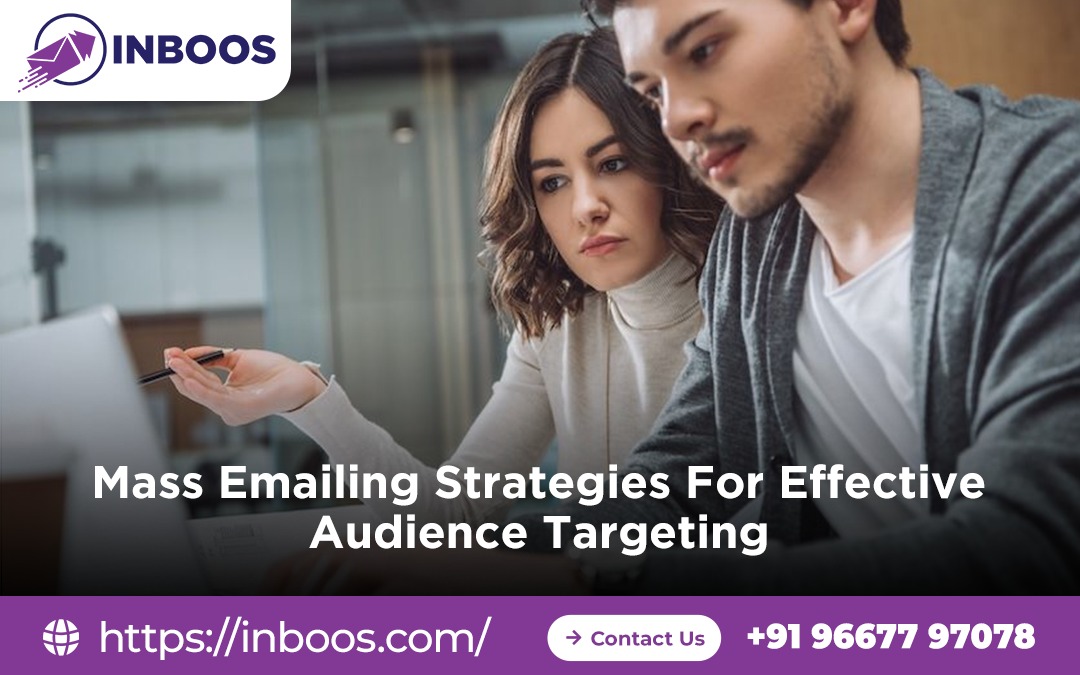In the world of modern digital marketing, mass emailing remains one of the most cost-effective ways to connect with a wide audience while still delivering personalized messages. However, simply sending bulk emails to as many people as possible no longer works. Today’s audience expects relevance, value, and a clear reason to engage. This is where effective audience targeting comes in.
Table of Contents
ToggleWhen done correctly, mass emailing is not just about volume — it’s about precision. The success of your email campaign depends on how well you identify, segment, and communicate with the right recipients.
This guide will cover strategies for audience targeting in mass emailing, from building quality email lists to leveraging automation and analytics. We will also discuss how to make your campaigns compliant, engaging, and high-performing.
1. Understanding the Concept of Mass Emailing
Mass emailing refers to sending a single email message to a large group of recipients at once, usually through a dedicated bulk email sender or mass mailing platform like Inboos. Unlike personal emails, these campaigns are often part of a larger marketing strategy designed to achieve measurable goals such as increasing sales, boosting brand awareness, or nurturing leads.
While it may sound straightforward, successful mass emailing requires:
- Proper audience segmentation to ensure the message is relevant.
- Email personalization to improve open and click-through rates.
- Automation tools to manage sending schedules and responses.
- Deliverability optimization to avoid spam folders.
2. Why Audience Targeting Matters in Mass Emailing
A common mistake in bulk email marketing is assuming that more recipients automatically mean better results. In reality, sending irrelevant messages can harm your sender reputation, lower engagement, and even cause unsubscribes.
Targeted emailing, on the other hand, allows you to:
- Increase open rates by sending relevant content.
- Boost conversion rates by reaching people who are likely to take action.
- Reduce spam complaints by sending only to interested recipients.
- Build trust and loyalty by respecting your audience’s preferences.
Example:
Instead of sending a generic “Summer Sale” email to your entire list, segment your audience based on past purchases. Customers who bought winter clothing last year may be more interested in discounts on upcoming winter wear rather than swimwear.
3. Building a Quality Email List
Audience targeting starts with having the right people on your list. Here’s how to ensure your mass emailing list is high quality:
a) Collect Emails Organically
Use sign-up forms on your website, social media, and events. Avoid buying email lists, as they often contain uninterested or outdated contacts.
b) Use Double Opt-In
This method requires subscribers to confirm their subscription, ensuring they genuinely want to hear from you.
c) Keep the List Updated
Regularly remove inactive subscribers and invalid email addresses to maintain list health.
| Do’s for Building an Email List | Don’ts for Building an Email List |
|---|---|
| Offer valuable incentives for sign-ups | Buy or rent email lists |
| Use targeted lead magnets | Send emails without permission |
| Make unsubscribe easy | Keep inactive contacts forever |
4. Segmentation Strategies for Effective Targeting
Segmentation is dividing your list into smaller groups based on specific criteria so your emails feel more personalized.
Common Segmentation Criteria:
- Demographics: Age, gender, location.
- Behavioral Data: Purchase history, website visits, email engagement.
- Interests: Specific product categories or topics.
- Customer Journey Stage: New subscriber, active buyer, dormant customer.
Example Segmentation in Action:
A sports equipment brand could have separate segments for football enthusiasts, gym-goers, and outdoor hikers, each receiving tailored promotions and tips.
5. Personalization Beyond First Names
Personalization goes beyond inserting a subscriber’s first name in the subject line. With the help of advanced mass sending tools like Inboos, you can:
- Recommend products based on past purchases.
- Adjust email content according to location and season.
- Trigger emails based on actions (e.g., abandoned cart reminders).
Pro Tip: Dynamic content blocks allow you to show different images or offers to different audience segments within the same campaign.
6. Craft Personalized Campaigns Based on Segments
Segmentation is only the starting point; personalization is where the magic happens. Once you have grouped your audience, develop unique messaging for each segment. Personalization can go beyond using the recipient’s first name — it can include content recommendations, product suggestions, or relevant industry news based on their past interactions.
For example:
- E-commerce brands can promote products in line with the customer’s browsing history.
- B2B service providers can share case studies relevant to the client’s industry.
Why it works: Personalized campaigns resonate better, feel less like mass emails, and increase click-through rates significantly.
7. Optimize Send Times for Maximum Engagement
Sending emails at the right time can be as important as the content itself. Different audiences have different activity patterns. Analyzing your email analytics to identify when your subscribers are most likely to open and engage can give you a competitive advantage.
Key steps:
- Review open rate data in your email marketing dashboard.
- Test different send times across days and hours.
- Use time zone-based scheduling for global audiences.
Pro Tip: Many businesses find higher open rates mid-week and mid-morning, but your data will tell the real story.
8. Use A/B Testing to Refine Targeting Strategies
A/B testing (or split testing) allows you to compare different versions of an email to see what performs best. This can include testing:
- Subject lines
- Call-to-action (CTA) buttons
- Email length
- Layout and design
- Personalization approaches
By running tests regularly, you gain a deeper understanding of what motivates your audience. The data collected ensures your campaigns evolve and improve over time rather than relying on guesswork.
9. Keep Your Email Lists Clean and Updated
A clean email list is crucial for effective targeting and high deliverability rates. Inactive or invalid addresses not only waste your resources but also hurt your sender reputation.
Best practices for list hygiene:
- Remove addresses that consistently bounce.
- Re-engage inactive subscribers before removing them.
- Regularly update contact details for accuracy.
Why it matters: Email providers track engagement levels. If a large percentage of recipients ignore or delete your messages, your future campaigns may be sent to spam.
10. Monitor and Analyze Campaign Performance
No mass emailing strategy is complete without in-depth performance analysis. Monitoring your metrics ensures you identify what works and what doesn’t, making future campaigns stronger.
Key metrics to track:
- Open rate: Measures how many people open your email.
- Click-through rate (CTR): Shows the percentage of recipients clicking on your links.
- Conversion rate: Tracks the percentage of people taking the desired action.
- Bounce rate: Helps identify invalid or unreachable addresses.
Next step: Use this data to fine-tune your audience segments, subject lines, and content to continually increase engagement.
Conclusion
Mass emailing can be a powerful tool for audience targeting when done with strategy, precision, and personalization. By segmenting your audience, crafting tailored messages, optimizing send times, testing campaigns, and maintaining a clean list, your outreach becomes more efficient and impactful. Consistent analysis ensures you adapt to changing audience behaviors, keeping your campaigns relevant and successful.
 logo
logo




